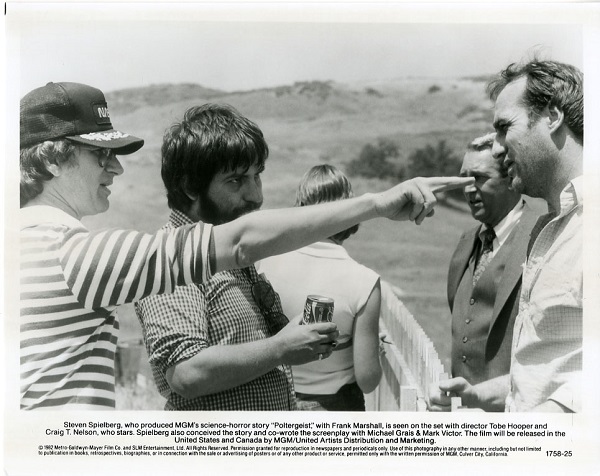During the 12-year span of The Naked Truth, many of the world’s most alluring and enchanting actresses passed through the costume fitting room doors of costume designer Jean-Pierre Dorléac atelier.
Among them were Maude Adams, Jonelle Allen, Eve Arden, Belinda Bauer, Marisa Berenson, Joan Blondell, Ahna Capri, Kim Cattrall, Rosemary Clooney, Arielle Dombasle, Barbara Eden, Britt Eklund, Anne Francis, Eva Gabor, Erin Grey, Pamela Hensley, Olivia Hussey, Anne Jeffries, Maren Jensen, Carole Lawrence, Kay Lenz, Sondra Locke, June Lockhart, Sarah Miles, Anita Morris, Patricia Neal, Sheree North, Andrea Marcovicci, Yvette Mimieux, Donna Pescow, Eleanor Parker, Daphne Maxwell-Reid, Barbara Rush, Cybill Shepherd, Brooke Shields, Jill St. John, Jean Simmons, Laurette Spang, Camila Sparv, Stella Stevens, Ann Southern, Gloria Swanson, Liz Torres, Sela Ward, Lesley Ann Warren, Nancy Walker, Alfre Woodard and “Mae West.”
Forget about a painted façade, towering elaborate hairdo, ostentatious and chunky borrowed jewelry, an overly pushed up décolletage and a see-through spangled gown—the true magnificence of a movie star is in her demeanor and sincerity, not in the all-too-plastic manifestation. As has been stated many times, “beauty is only skin deep.” With all the cosmetic surgery and filler injections available now, that is hardly true any longer.
Deep beneath the surface of what everyone sees is where the true splendor of a person lies. It’s not in the eyeliner or false eyelashes, bright lip gloss, rouged cheeks, stiletto pumps or wearing something someone else has borrowed from a designer you never heard of … although in the ongoing Hollywood parade where everyone tries to out “glam” one another, it appears to be de rigueur.
Few of the true beauties ever subscribe to such theories. What made each of them unique and magnificent were their skills, goodness, kindness and attitude, above all.
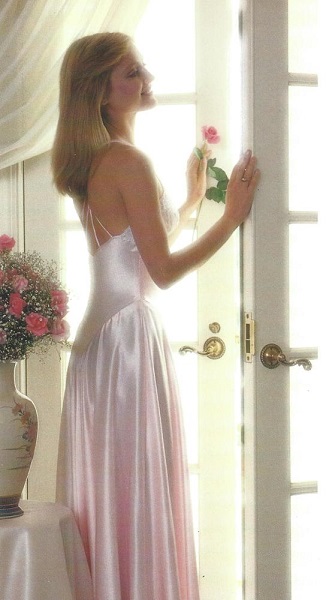
Many of the greats never wore anything but casual clothes when they went about their daily lives, sans make-up and glitz. Few were pretentious and none thought of themselves as better than anyone else. The ones that professed to be “the best” usually had the shortest careers in the long run.
Since costume designers are always the first to encounter an actor or actress, usually hired unseen through casting, their experiences are the bar by which those who have yet to work with these performers is measured. Depending on the first encounter, many artists are never hired again because of their lack of professionalism and ability.
In The Naked Truth, award-winning costume designer Jean-Pierre Dorléac’s entertaining chronicle of 12 years, readers will revel in the highly explosive stories that are filled with entertaining confrontations of every nature and, heretofore, untold tales of the glitter and tinsel capital’s drastic change that began in the early ’70s.
This often funny and quite fortuitous success story is filled with splashy tales and entertaining confrontations involving glamour, politics, graft, sex, scandal, and candid accounts of the glitter and tinsel capital’s assets being sold off by the new capitalist.
About the Author
Jean-Pierre Dorléac is no stranger to the film industry. His award-winning costume designs can be seen in Somewhere in Time, The Blue Lagoon, Heart and Souls, Battlestar Galactica, Quantum Leap, Knightrider, Airwolf, The Lot and numerous other award winning productions.
The Naked Truth
by Jean-Pierre Dorléac
Publisher: Monad Books
ISBN: 0974551111
Book and e-book available nationwide at independent and major book stores, Amazon.com or contact marketingdirector@thesilo.ca

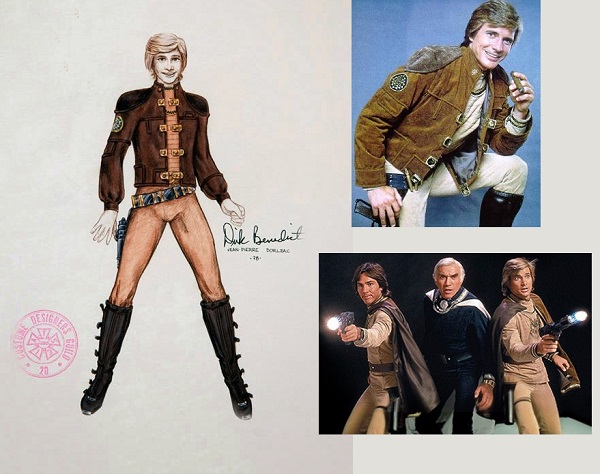

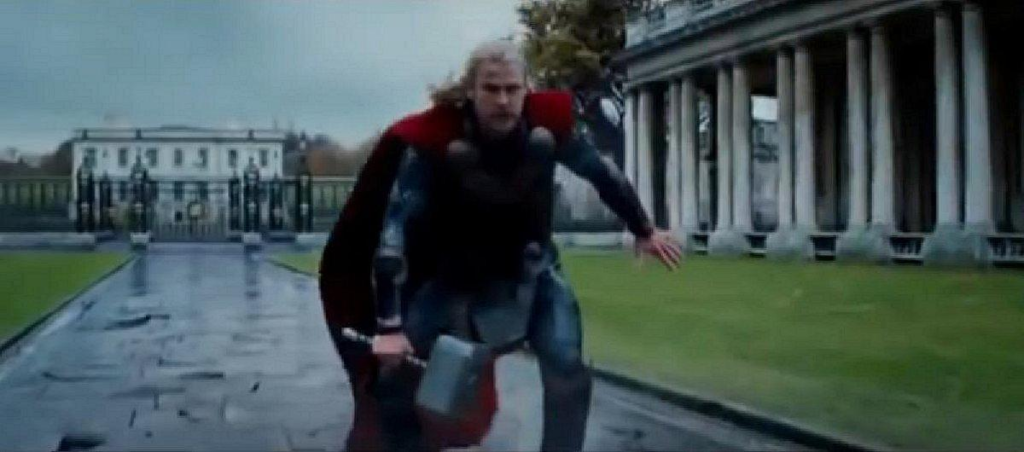
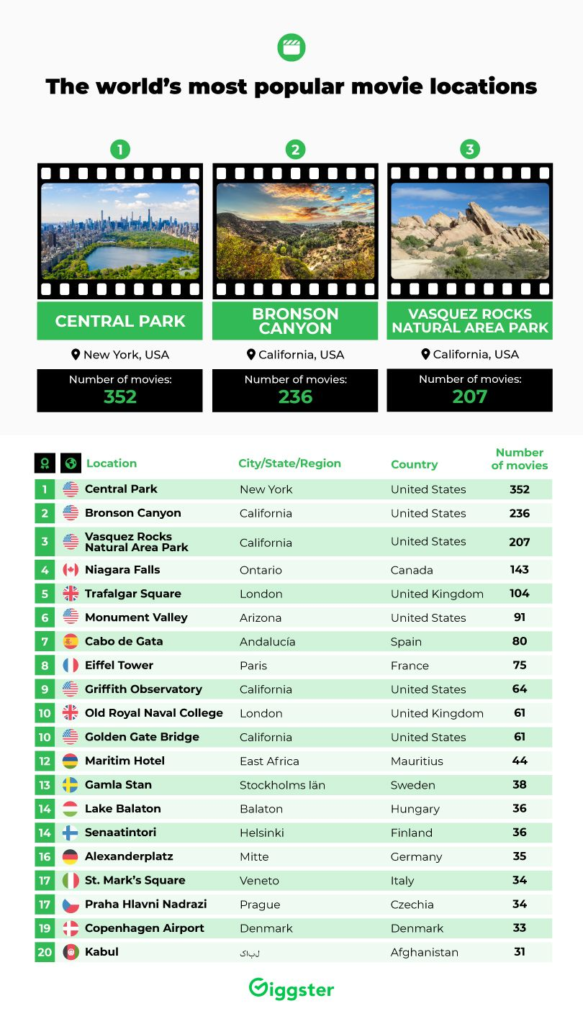

 Niagara Falls is the sole location used in Canada from the study – featuring in 143 movies, with an average box office gross of $212,260,000 usd / $274,667,624 cad from its top-three films
Niagara Falls is the sole location used in Canada from the study – featuring in 143 movies, with an average box office gross of $212,260,000 usd / $274,667,624 cad from its top-three films  Central Park in New York is the most-used film location in the world – featuring in over 352 movies.
Central Park in New York is the most-used film location in the world – featuring in over 352 movies. The Griffith Observatory in Los Angeles is the highest-grossing filming location on average ($253,366,667 usd / $327,860,268 cad ).
The Griffith Observatory in Los Angeles is the highest-grossing filming location on average ($253,366,667 usd / $327,860,268 cad ).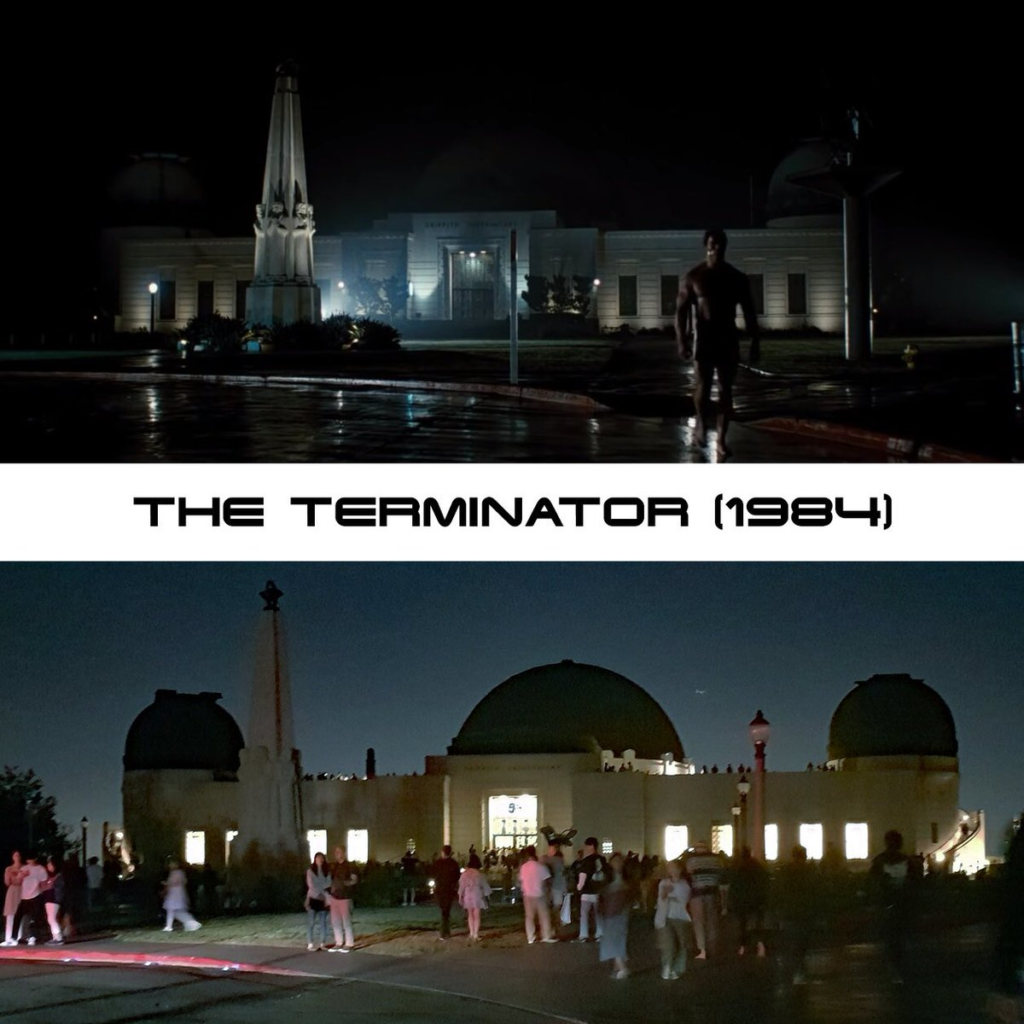
 The top 3 countries featured in the most movies are, The United States, The United Kingdom and Canada.
The top 3 countries featured in the most movies are, The United States, The United Kingdom and Canada.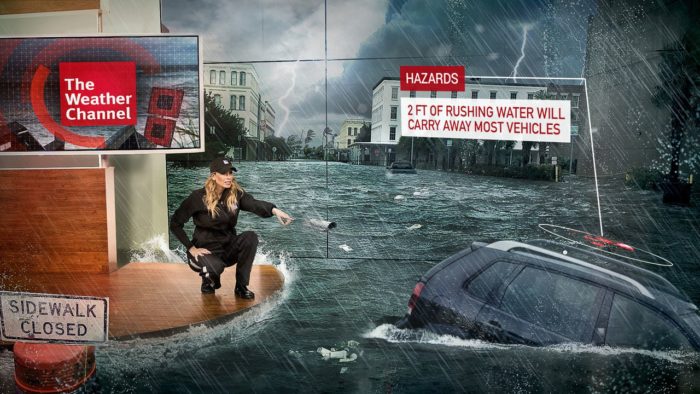
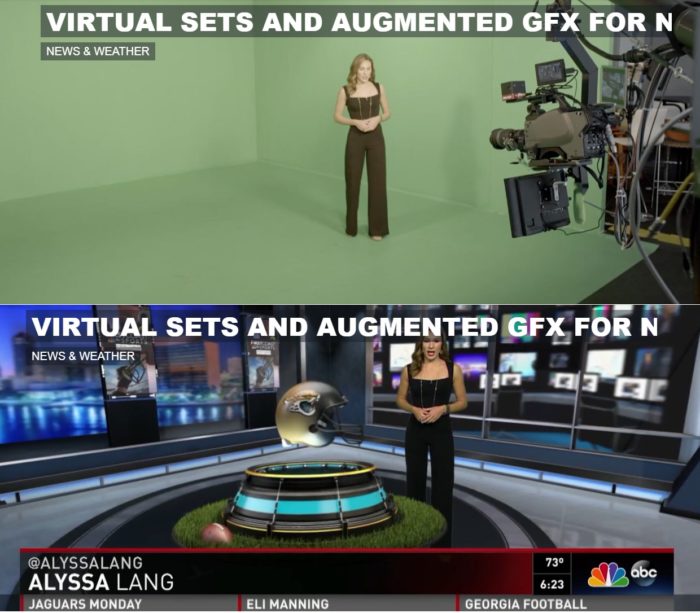

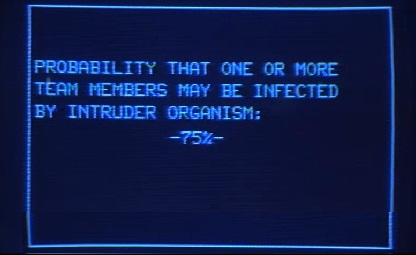
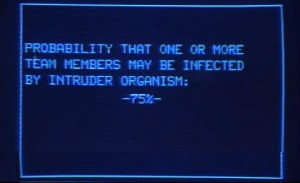
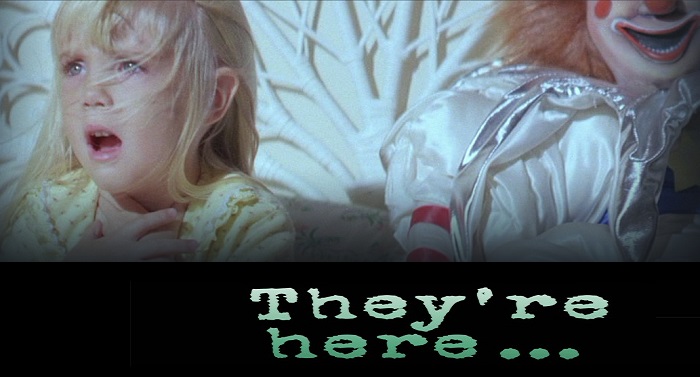
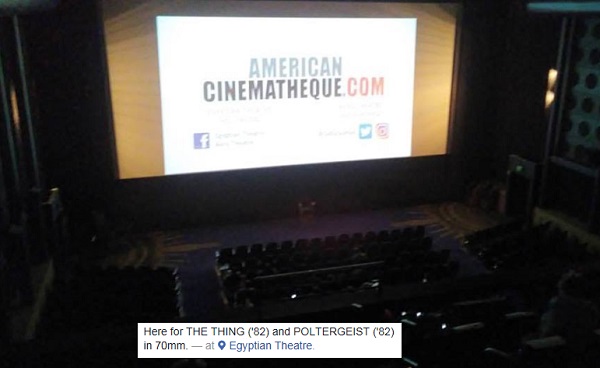
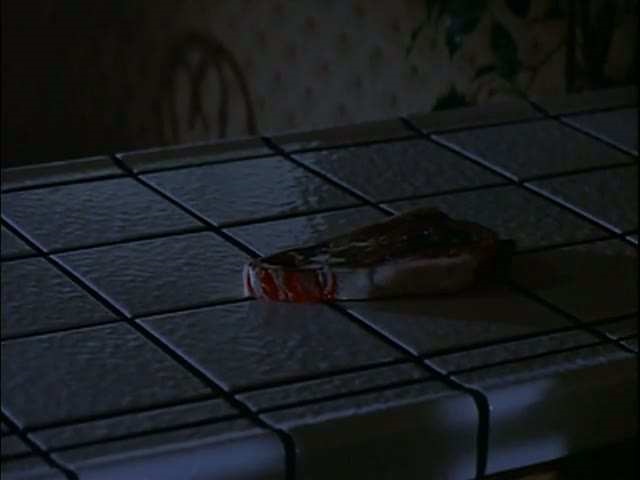 Steak has been, is, and always will be expensive. It’s one thing to jack some cheaper stuff from someone else’s fridge, but goddamn steak?! And then to put that steak on the kitchen counter without a paper towel, foil, plate, nothing underneath it! Just plop that raw bloody steak anywhere, chief.
Steak has been, is, and always will be expensive. It’s one thing to jack some cheaper stuff from someone else’s fridge, but goddamn steak?! And then to put that steak on the kitchen counter without a paper towel, foil, plate, nothing underneath it! Just plop that raw bloody steak anywhere, chief.